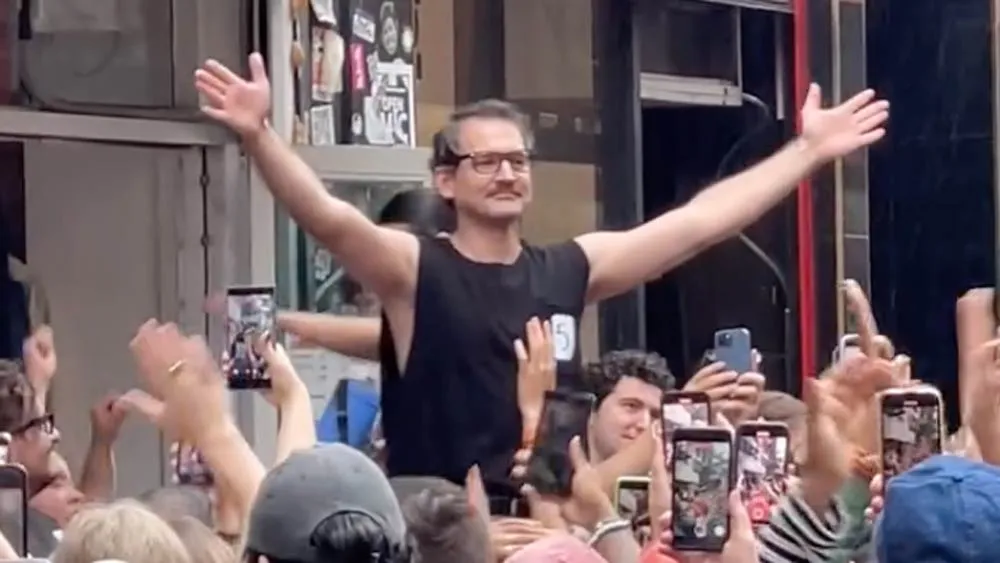October 3, 2013
Southern Charm: Savannah and Charleston
Matthew Wexler READ TIME: 5 MIN.
In "Gone With the Wind," Scarlett O'Hara, comparing Savannah and Charleston to the much younger city of Atlanta, called the older locales "aged grandmothers fanning themselves placidly in the sun." Today the two waterfront cities are among the South's most popular tourist destinations, attracting millions of visitors annually with their history, restaurants and streetscapes.
Savannah, the oldest city in Georgia, was established in 1733, and Charleston, the oldest city in South Carolina, was founded in 1670. They're located about 100 miles (160 kilometers) apart, so it's easy to visit both on one trip.
Savannah is a walkable city, from the waterfront on the Savannah River to the spacious downtown and historic district. Its streets are made from cobblestone and tabby (ground oyster shells, lime, and sand, mixed with salt water), and it's known for a series of picturesque, park-like squares, lined with live oak trees dripping with Spanish moss.
The 22 squares include Oglethorpe Square, named for the founder of Georgia, James Oglethorpe, who laid out the city plan for the squares; Pulaski Square, for the Polish general of the Revolutionary War; and Lafayette, for the Marquis de Lafayette, French hero of the American Revolutionary War. Telfair Square, named for a prominent family whose roots stretched back to Colonial times, is home to two of the city's most important museums: the Telfair Academy, an 1819 mansion that became a museum in the 1880s, and the contemporary Jepson Center, designed by the noted architect Moshe Safdie.
Chippewa Square honors American soldiers killed in the Battle of Chippawa (different spelling) in the War of 1812. The park bench scene in the movie "Forrest Gump" was filmed in Chippewa Square, though the bench was a fiberglass prop.
The Savannah College of Art and Design (SCAD), which has made the city its home since 1979, has restored or renovated dozens of old buildings around the city, many of which are now used as dorms and classrooms. Some student housing adjoins the squares; you can tell by all the bicycles parked in front.
Elsewhere, River Street has its share of stores, tourist gift shops, bars and restaurants. Y'all should try the shrimp and grits and local fish, like the amberjack, a yellowtail.
At City Market is a statue of favorite son Johnny Mercer, songwriter of "Moon River," ''Days of Wine and Roses" and "In the Cool, Cool, Cool of the Evening," among many others, who was born in Savannah. You can also tour the family home, now the Mercer Williams House Museum. Its later occupants included Jim Williams, whose trial for murder was the focus of John Berendt's 1994 book, "Midnight in the Garden of Good and Evil."
Mercer and Savannah-born poet Conrad Aiken are buried in Bonaventure Cemetery, about 5 miles (8 kilometers) outside of town in a beautiful setting alongside the Wilmington River. The cemetery, known for its spooky but romantic statues, memorials and more of those live oaks draping gravesites with Spanish moss, was also featured in "Midnight in the Garden of Good and Evil." The book's famous cover image showed the cemetery's hauntingly lovely "Bird Girl" statue, resulting in so much attention that "Bird Girl" was moved to the Telfair Academy.
When you're done with Savannah's squares, Southern Gothic ambience and ghost stories, head through the tidal flats of the South Carolina lowcountry to Charleston, about a two-hour drive away. The city was voted the top tourist destination in the U.S. two years in a row by readers of Conde Nast Traveler magazine.
Charleston
Old-fashioned horse carriage tours offer overviews of Charleston's architecture and history, and many historic homes and nearby plantations also offer tours. Middleton Plantation is known for its landscaped gardens as well. The City Market complex, a National Historic Landmark, is one of the city's top attractions. Its open-air market buildings date to the early 1800s, but were given a $5.5 million facelift that was completed in 2011. The 150 vendors sell everything from tourist T-shirts to sweetgrass baskets, handwoven onsite.
On Meeting Street is the site of the former South Carolina Institute Hall, where the Ordinance of Secession was signed Dec. 20, 1860, withdrawing the state from the Union. (A marker notes that the historic building was destroyed by the "Great Fire" of 1861.) Meeting Street ends at White Point Garden, also known as the Battery, a seawall and promenade from which you can see Fort Sumter, where the first shots of the Civil War were fired. The fort is now a museum accessible by a half-hour ferry ride or tour boat.
A peninsular city, its waterfront park, clean and inviting like most of Charleston, is on the Cooper River, with the wider Ashley River on the other side of town. The names come from Anthony Ashley Cooper, 1st Earl of Shaftesbury and chief Lord Proprietor of the Carolina Colony. Docked on the far side of the Cooper River, at Patriots Point, is the World War II aircraft carrier, the USS Yorktown.
Beyond Charleston's city limits, within 15 miles (24 kilometers) or so, are the Sea Islands: Folly, Johns, James, Kiawah (home of the exclusive golf resort), Seabrook, and Sullivans, among them. It is worth a side trip over one of the "connector" bridges to the southern end of Johns Island to gape at one of nature's exceptional creations. It is about a mile or two off Bohicket Road and down a dirt road that first appears to lead nowhere. But there, in an isolated park, is the stunning Angel Oak.
This live oak tree, named after the family that once owned the property, is 400 to 500 years old. It's 65 feet (20 meters) tall and 25 feet (8 meters) in circumference, and its longest limb is nearly 90 feet (28 meters) long. Its area of shade is 17,000 square feet (1,580 square meters). Many of its limbs rest on the ground, weighed down by age.
It's a sight that simply stops an unsuspecting visitor in his tracks, and it's a fitting end to a visit.
Matthew Wexler is EDGE's Senior Editor, Features & Branded Content. More of his writing can be found at www.wexlerwrites.com. Follow him on Twitter and Instagram at @wexlerwrites.



